
If you’ve ever seen English paper piecing and immediately concluded that it’s a good project for your grandma, perhaps this stuffed patchwork ball will change your mind.
It changed mine.
I had heard of English paper piecing occasionally over the years, but for the longest time I had no idea what it was, and didn’t think it sounded interesting enough to find out. When I finally realized what English paper piecing was, all of the projects I saw looked too old-fashioned for my taste, and I never considered trying it. (Just do a Google image search for “English paper piecing” and you’ll see what I mean.)
For those of you who don’t know, English paper piecing is a method of quilting in which you use a paper template to easily sew a precise geometric shape with fabric, most often a hexagon. The shapes are then stitched together to make a quilt, a table runner, or other decorative item.
Usually.

In August, I saw a tutorial for a patchwork ball on the While She Naps blog. It had never occurred to me that English paper piecing could be used to make a three-dimensional toy for a young child, but I immediately knew that I wanted to make one with modern colors.
Later that same day, I plunked down six bolts of flannel on the cutting counter at JoAnn Fabrics. “That’s a great color combination,” said the younger of the two women behind the counter, her tone of voice indicating that she could hardly believe I found those colors on their shelves. I bought just four inches of each color for a whopping total of $2.52, and could probably make half a dozen balls with that fabric.

My favorite time to work on a new project is ASAP, so I washed, dried, and pressed my fabric that night. The next day I used my Silhouette Cameo to cut out a dozen little card stock pentagons and started sewing.
I followed this video tutorial for the basting, but instead of lightly gluing the template to the fabric, I first punched two holes in each template and stuck a pin through them to hold the template in place just until the fabric was cut and basted. The basting was quick and easy, and I could have created fabric shapes all day. Seriously, I LOVED basting all those little fabric pentagons.

English paper piecing typically uses hexagons, but by using pentagons instead, this project becomes three-dimensional when the sides are joined together. (And if you’re thinking to yourself, “Oh, it’s a stuffed dodecahedron!” you’re in good, nerdy company…)

Stitching the pentagons together is where I got bogged down, since there are 30 seams to sew, and I actually set the project aside for a couple months. Last Friday night I invited some friends over for a bring-your-own-craft night, and this was the perfect project to work on while we sat around chatting and eating pumpkin bars.
However, I want to be clear that flannel is NOT the ideal fabric for this project. I was pretty sure of that before I even bought it, but I went ahead and tried it, and now I know for sure. Flannel is soft and cozy, but it has a looser weave than regular cotton fabric, so the stitches that join the shapes together are more visible. However, my hand-stitching is far from perfect, so someone with more experience would probably have better results. You can’t really see the stitches in the photo above, but once the ball is stuffed, they’re definitely visible in the finished product.

The paper templates stay in until you have stitched around all five sides of a shape. Then you can just stick the tip of your scissors or a pin in one of the little holes and pop it out, since none of the stitches go through the paper.
The sides of my pentagons are just 1.5″ long, so I probably should have left two sides open prior to stuffing instead of one to make it easier to turn right side out. The basting stitches stay in and are not visible from the right side of the project.

You could definitely just use your fingers to push the stuffing into place, but since my opening was so small, I was glad for the hemostats I bought a few months ago when I made the stuffed sheep.

I stuffed the ball until it seemed full and then I stuffed it some more, because I wanted it to bounce and not be too squishy and floppy.

Ta-da! There’s my first English paper piecing project. I wish my imperfect stitches weren’t quite so visible, but overall I love how the ball turned out. I made it with my toddler in mind, but I’ve seen all three of my kids kicking and throwing it inside the house this week…




















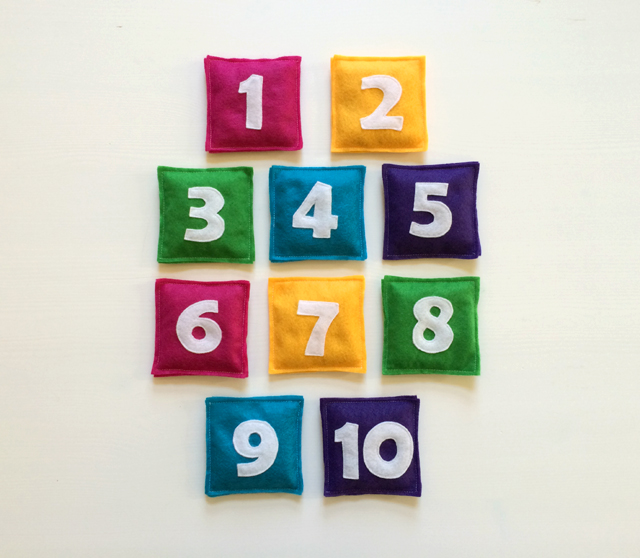

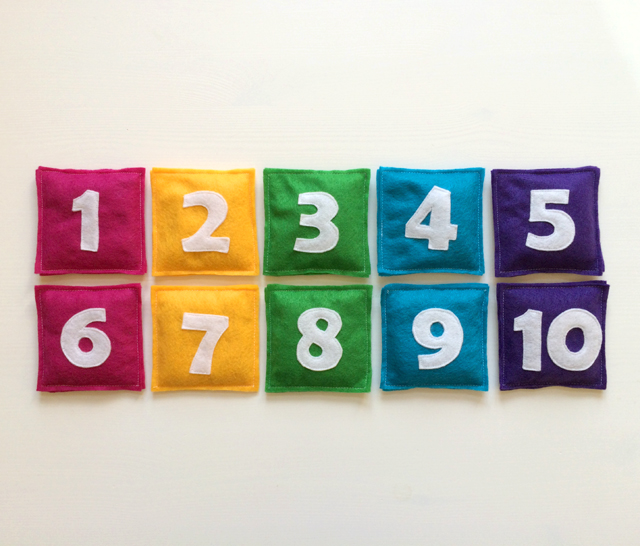
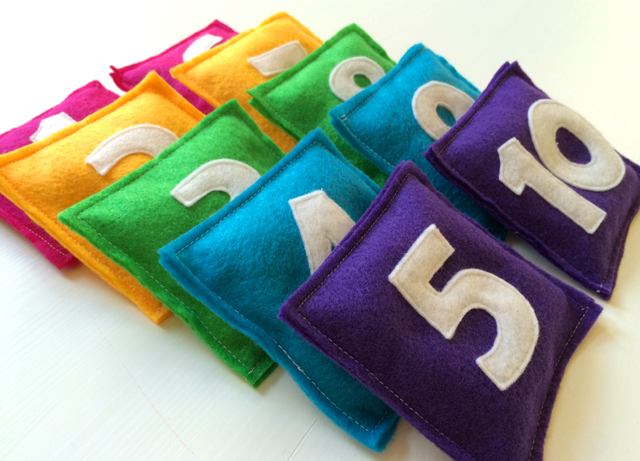
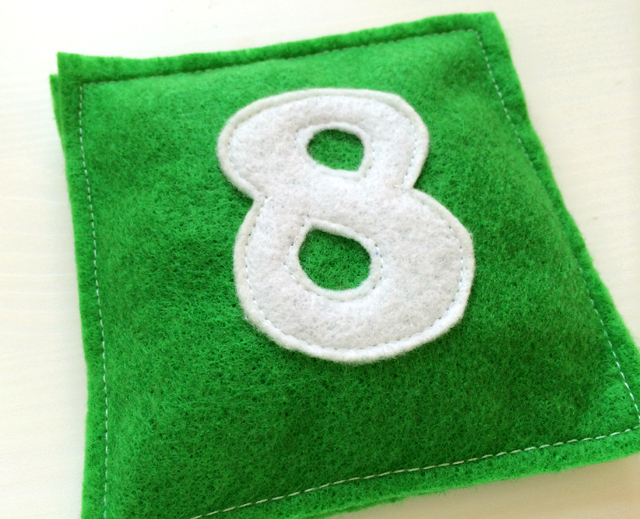
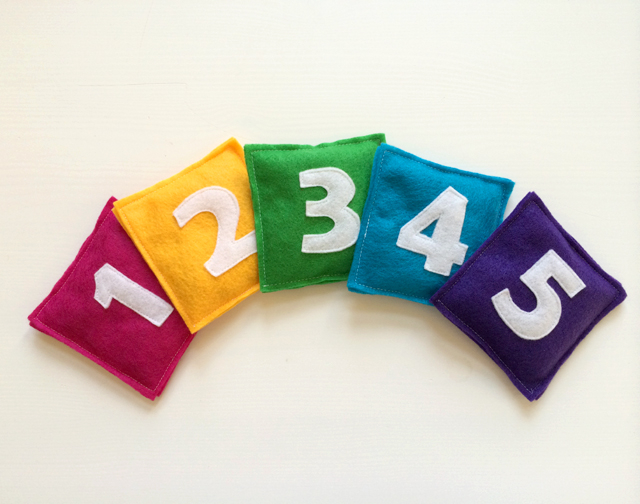
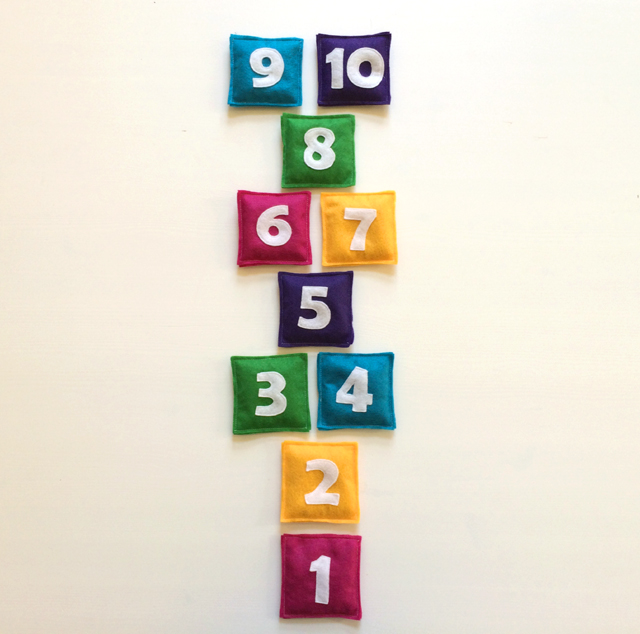
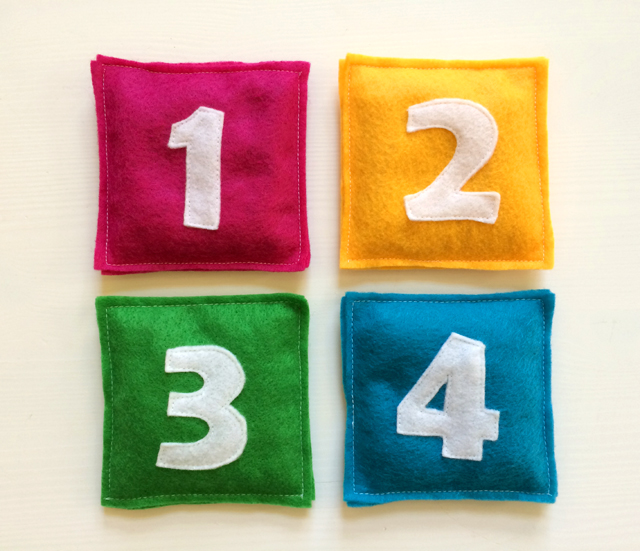
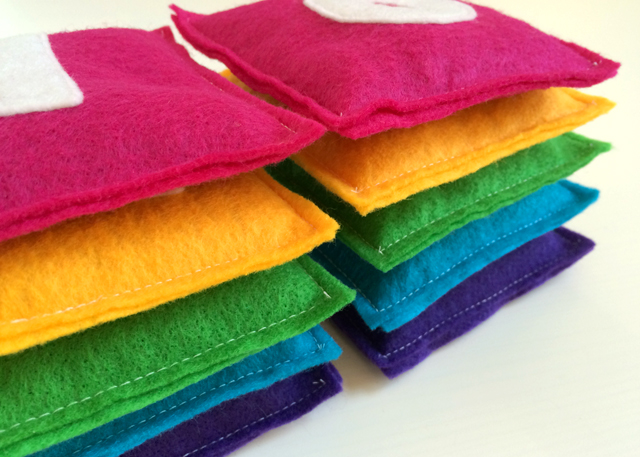
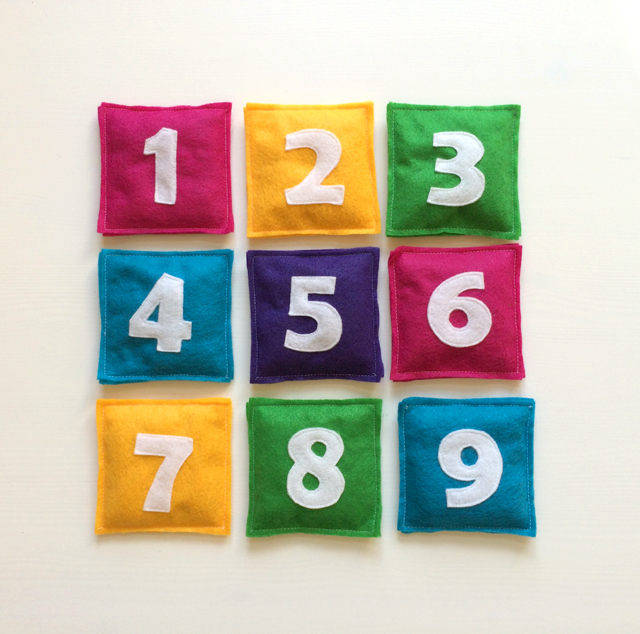




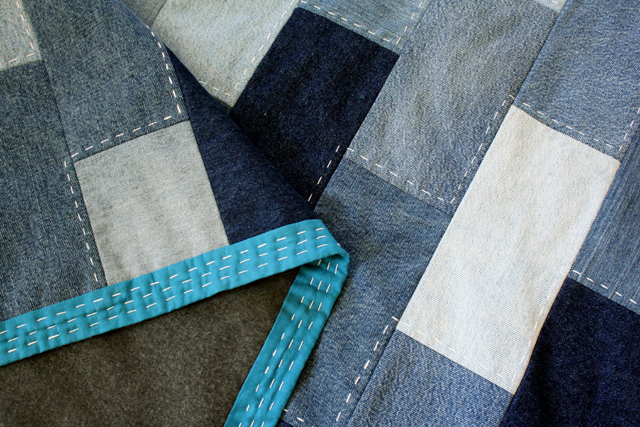










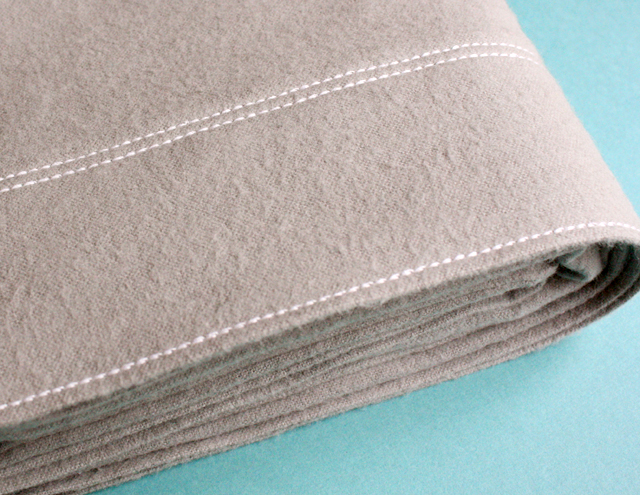
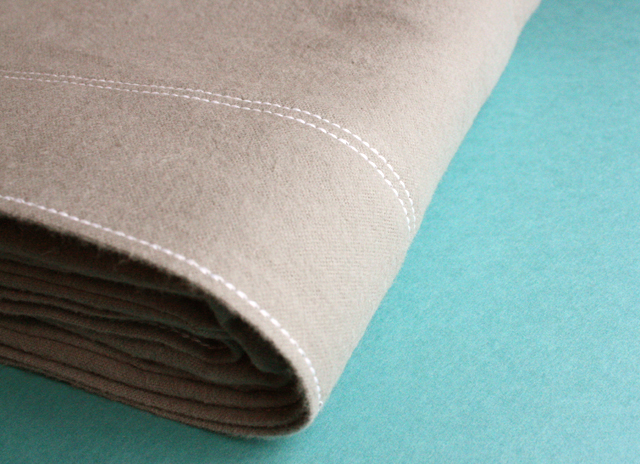
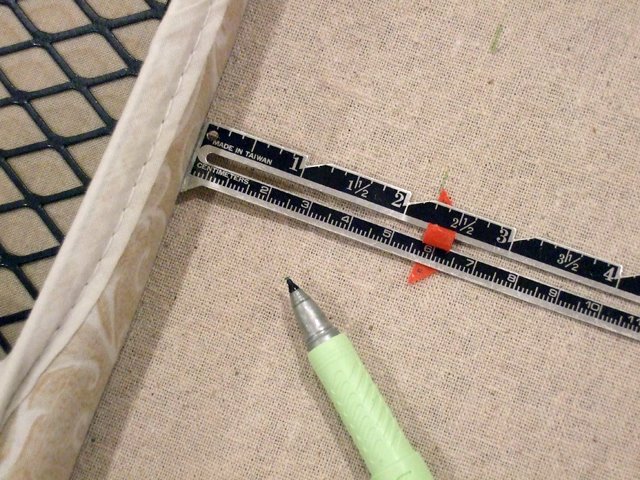
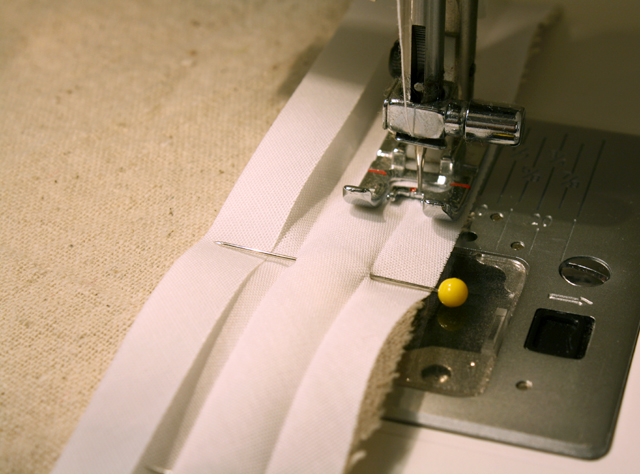
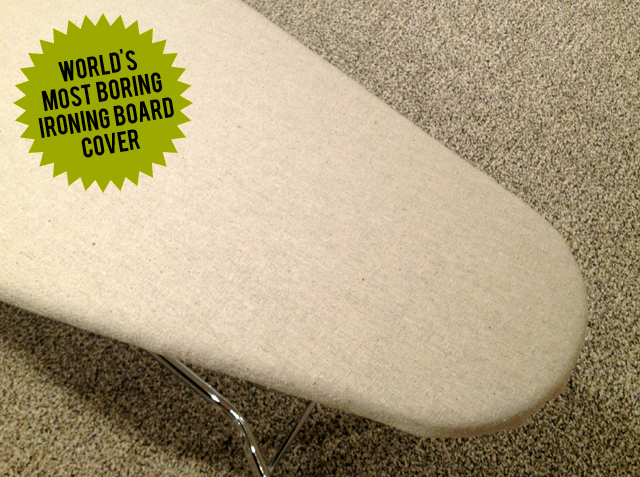
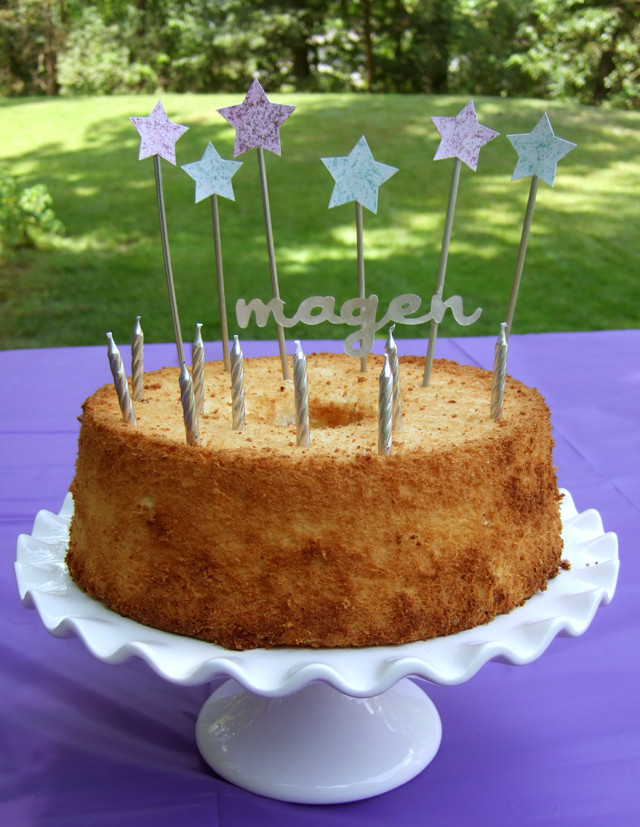
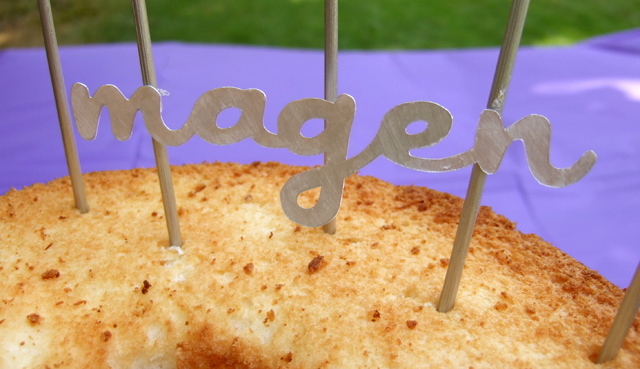
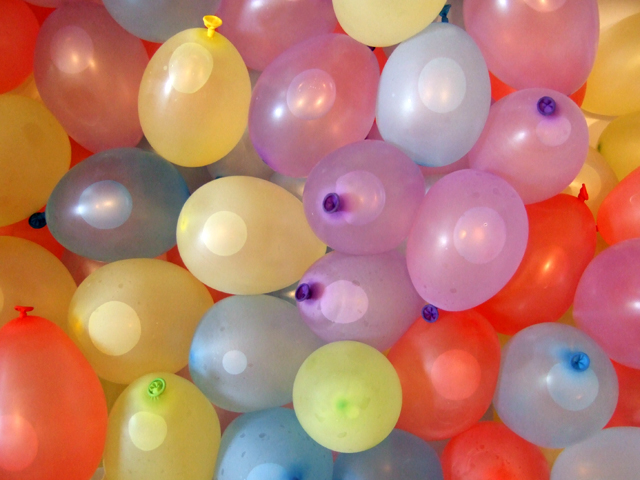

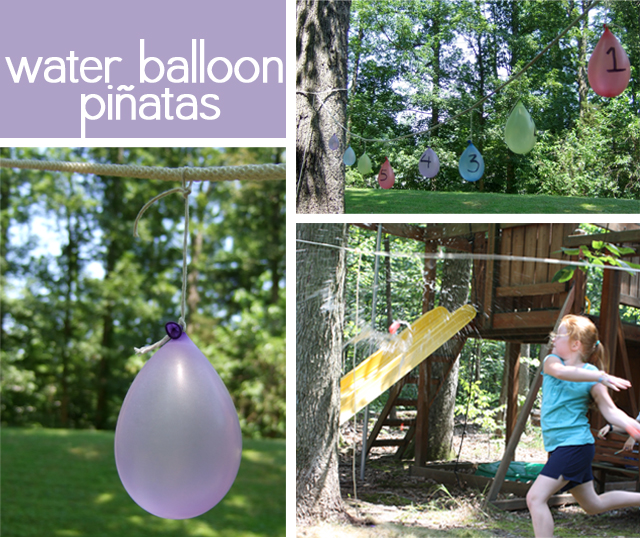
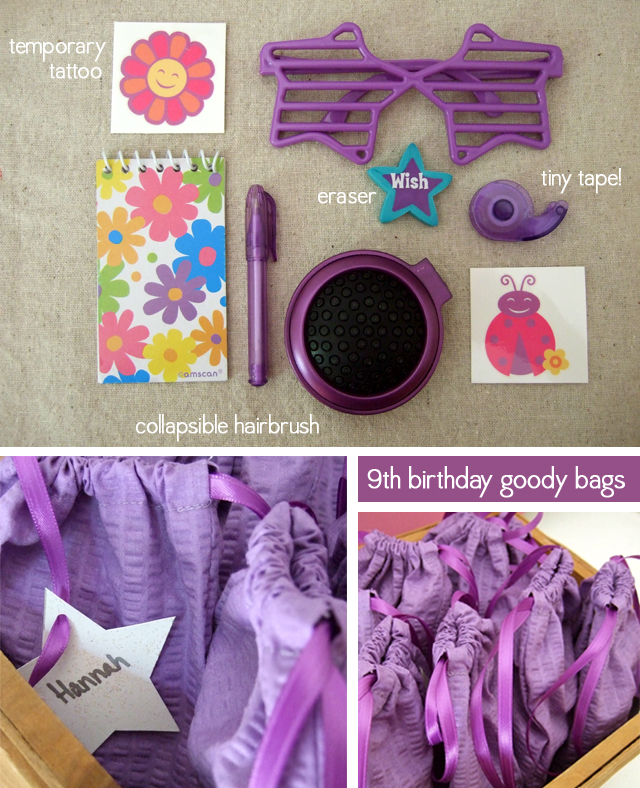
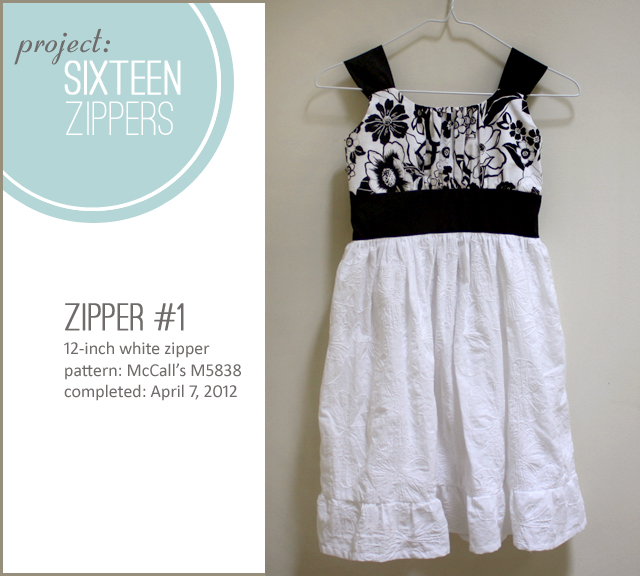
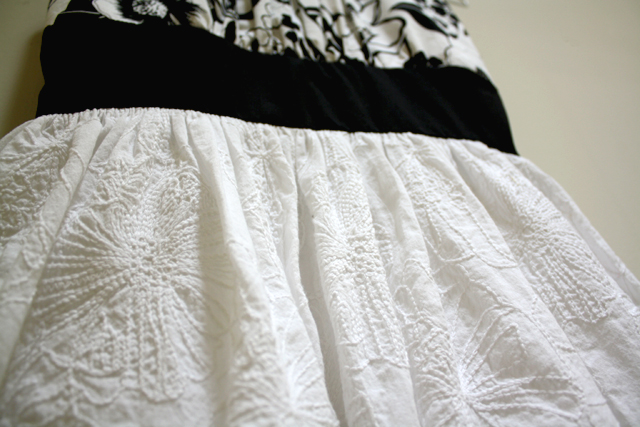
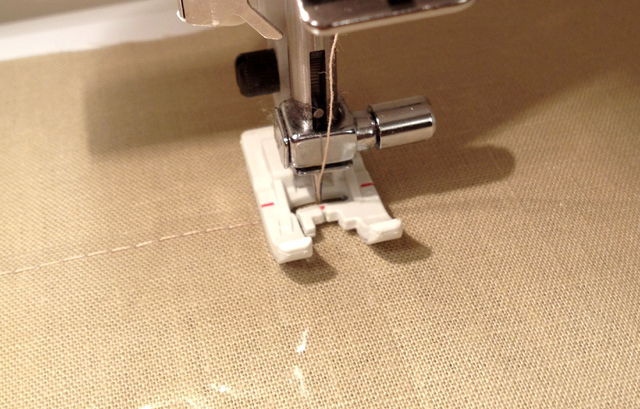
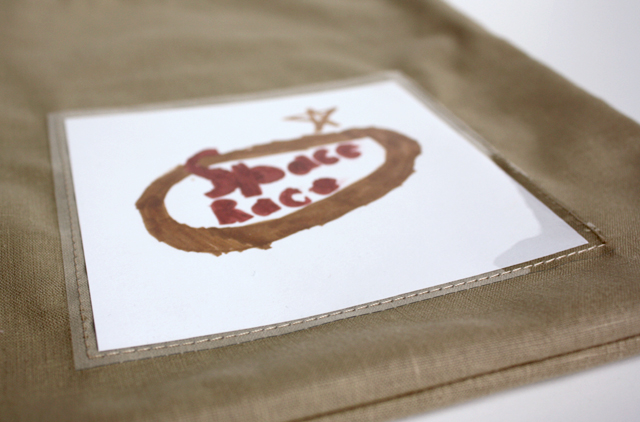
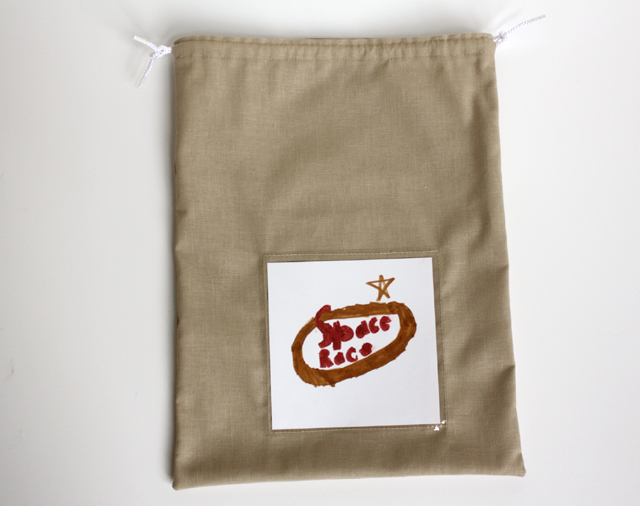
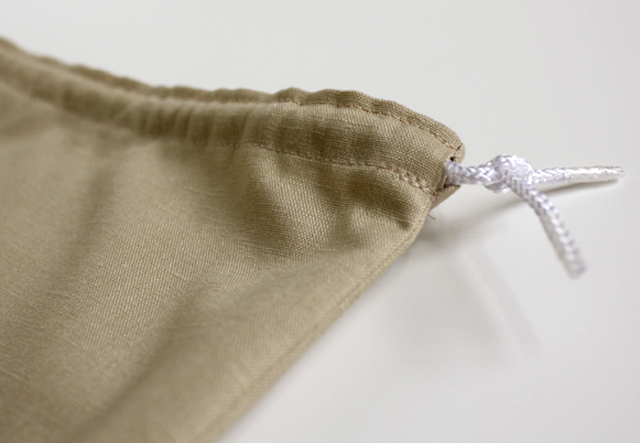
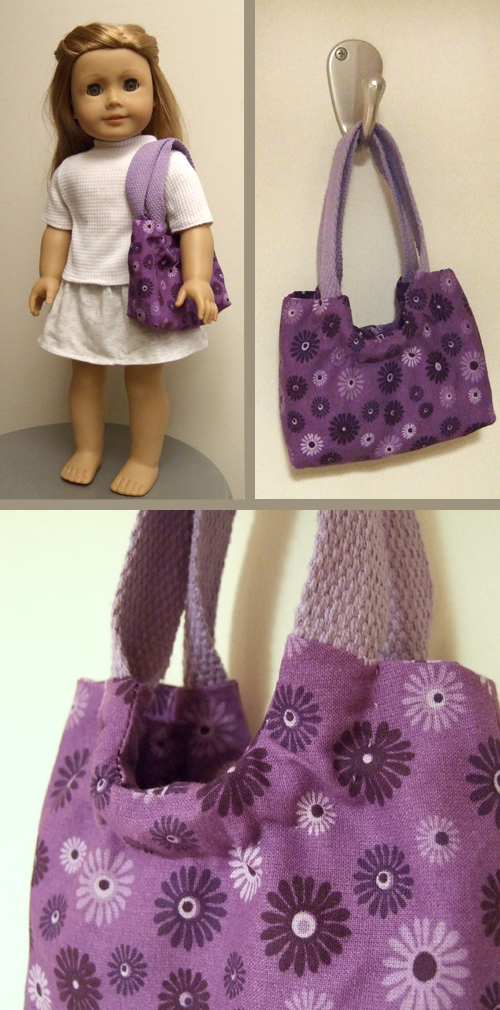
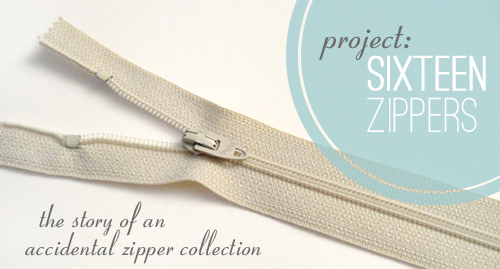

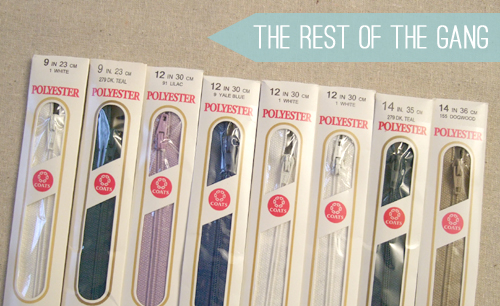
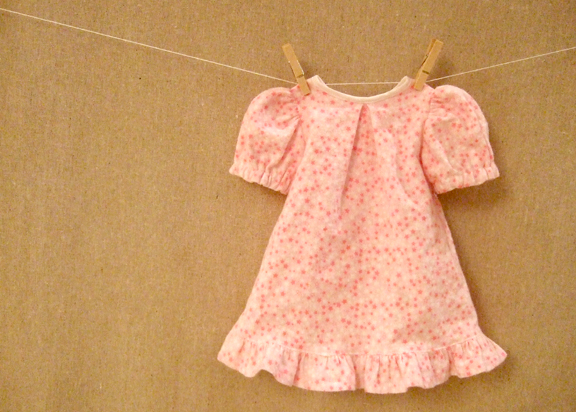
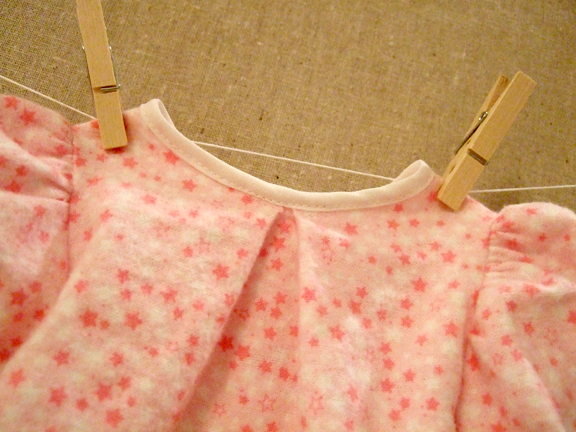

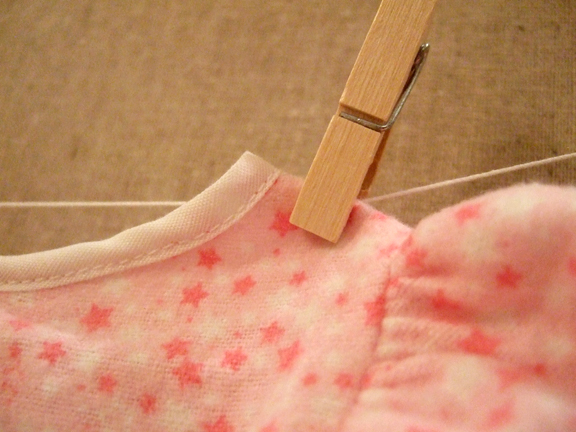




















 Hi! I'm Rachel, and I'm so glad you're here. I make creative projects and intentional choices to create a life I love -- and I hope to inspire you to do the same!
Hi! I'm Rachel, and I'm so glad you're here. I make creative projects and intentional choices to create a life I love -- and I hope to inspire you to do the same! 
